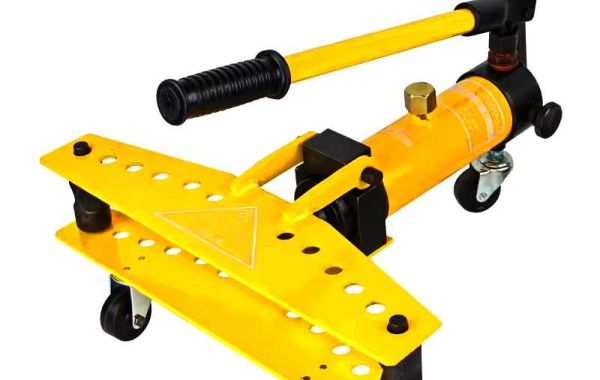A tube bender is a vital tool in the field of metalworking, specifically designed to bend pipes and tubes into various shapes and angles. This process is essential for creating components used in a wide range of applications, from automotive parts to furniture frames. The ability to bend tubes allows for more complex designs and efficient use of space, making the bender an indispensable asset in manufacturing and fabrication.
The fundamental operation of a tube bender involves applying mechanical force to a tube or pipe, which is typically made of materials such as steel, aluminum, or brass. The bending process begins with the tube being placed into the machine, where it is aligned with a die that defines the desired bend shape. The tube bender then exerts pressure on the tube, pushing it against the die. This force causes the tube to deform, creating a bend that conforms to the shape of the die.
There are several methods of bending that a tube bender can employ, including cold bending and hot bending. Cold bending is performed at or slightly above room temperature, which is suitable for metals and allows for precise control over the bending process. Hot bending, on the other hand, involves heating the tube to a temperature that makes it more malleable, allowing for sharper bends and more complex shapes without risking material failure. The choice between these methods depends on the material properties and the specific requirements of the project.








